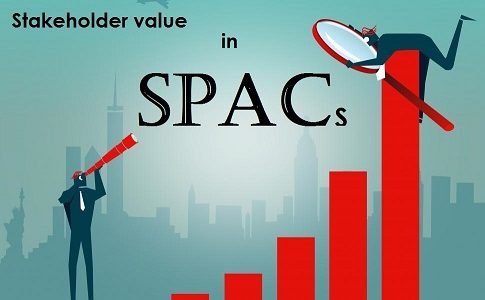Values, Synergies, and Integrating Culture in Digitized Corporations
By GPMIP Partner, Michael Holm
I wanted to share my thoughts on this topic as I have spoken about it at various conferences, with clients, and in seminars. The point of departure for my reasoning:
- That corporations who have highly digitalized their core business process are likely to find synergies when acquiring companies that are not as digitalized and gain efficiencies from implementing their core processes at the target. There might, of course, be more synergies or deal values, but in this article my focus is on the difference in digital maturity.
- It takes time to implement the acquirers business processes at the target in the 4 – 18 months range due to the complexity of migration of data from IT applications at the target.
- The highly digitalized corporation has built in a large part of their corporate culture into their digital platforms.
You can argue that corporations that are digitalized have a competitive edge compared to peers and can consolidate its industry or value chain in a “paradigm shift in digitalization” deal rationale. How does that impact the post merger integration and more specifically the integration of corporate cultures?
In “economies of scale” deal rationales, we focused for the most part on the supply chain and said that culture and work structures were “built into the walls” and “the picture the nail was hung from.” In cultural integration, we had many walls to renovate and nails to pull out and move, but it was all familiar terminology and the way to handle culture was not that radically different from integration to integration. In short, you introduced the acquirer’s general concepts to the employees and then started introducing methods and tools step-by-step in parts of the supply chain starting with the low hanging fruits.
It took time to achieve the synergy, but there was not often an option to throw away the targets supply chain fully in one big bang and switch over to the acquirers. The cultural integration follows step-by-step. Overlaying that was the different best practises in supply chain, such as Lean, etc. Culture was in the workplace, in the work structures close to the employees and in the walls.
Work structures is defined as the corporates capabilities (human and technical), its processes (operational, functional and for decision making) and its information systems (Digital platform, IT, Communication channels) which results in legal, financial and operational structures.
In a digitalized corporation, the culture is “on the intranet”, “in webcasts”, “in videos” and in “ corporate social collaboration tools”. Links are sent around to the content and instructions. There is still culture in the physical workplace, but a significant part is digital given the definition of workstructures.
What happens when a digitalized corporation acquires a family owned business with less digital maturity in a cross-border deal built on “paradigm shift in digitalization” rationale? The synergies is built on that the target get access to the corporations systems which may take 4 – 18 months depending on the quality of the targets digital data on customers, suppliers, products, services, agreements, etc. that need to be migrated over. In most cases the target is fully absorbed by the acquirer, the targets employees need to work in a new work structure and the change is in a big bang when the employees get full access to the acquirer’s digital platform. So, communication between closing of the deal and the big bang is crucial and a structured on-boarding process to bridge the digital competence gap.
Change agents and role models need to be found in the on-boarding process. The informal leadership at the target might change after the on-boarding process. The resistance to change, that normally is low just after merger announcement and then gradually builds up, need to be kept low by communicating to targets employees when the change is going to happen and story tell the full change process. Employee trust and confidence in the leadership is crucial for the change and the ability to anticipate rewards and sanction after on-boarding so that initiatives and innovation does not stop. So, the leadership need to be visible in the organisation and messages consistent.
In the private environment there are thoughts and research on how social networks negatively affect high users ability to communicate face-to-face and read body language. If that is translated into a corporate environment it provides challenges and possible culture clashes when the targets employees cannot relate to the behaviour of the acquirer’s employees. Similar to that of a parent trying to understand the way digital social networking is done by a child, the digital social codes and the reasons behind.
In conclusion, change management and cultural integration is really put to test in “paradigm shift in digitalization” deal rationales. The example chosen is perhaps an extreme case, but it highlights a possible source of value erosion in less extreme cases. Those who get it right will be able to outperform its peers.
What has been your experience with integrating culture? Comment and “Like” this post on LinkedIn by clicking here.
Interested in learning more about Global PMI Partners? Join us, join our network.













